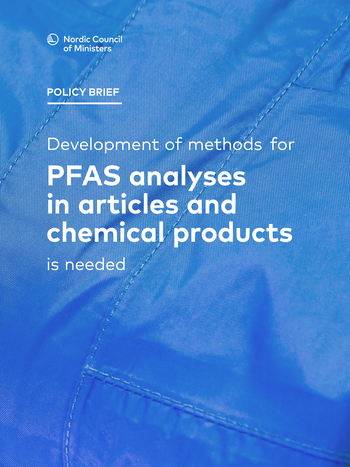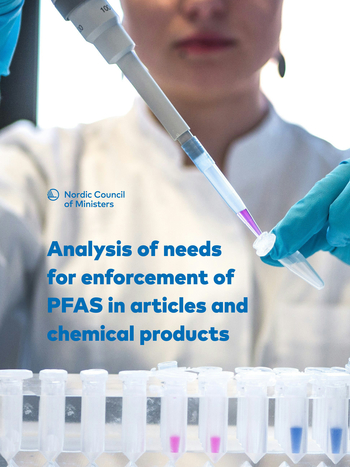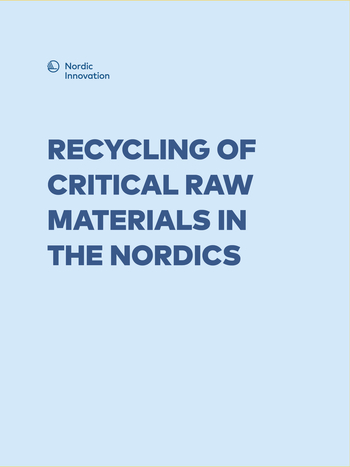Exposure Evaluation Guidance for REACH

Information
Publish date
Abstract
This document is intended to be used as guidance in the REACH exposure evaluation (MSauthorities and ECHA) such as completeness and consistency checks in the substance evaluationand dossier evaluation processes. The checklist is not necessarily complete; there may also beother relevant issues to be taken into account during substance evaluation and dossier compliancechecks. This checklist will be updated when necessary, based on the experience gained. Thedocument is focusing mainly on human health issues (workers and consumers), but it may also beutilized, for general issues, in the environmental exposure checks.The exposure scenario is a new concept in the REACH regulation and is one of the key elements in REACH for ensuring a high level of protection of human health and environment. REACH defines exposure scenarios as a set of conditions that describe how the substance is manufactured or used during its life-cycle and how the manufacturer or importer controls, or recommends others to control exposures of humans and the environment. Exposure scenario has to be established forsubstances which are manufactured or imported in quantities over 10 tons per year and which are classified as dangerous or as PBT/vPvB. In addition, exposure scenario is needed also in caseswhere exposure information is used as a basis for waiving certain animal tests specified in REACH.The first REACH exposure scenarios were developed by registrants during the 1st registration phase in 2010. So far, some experience of exposure scenarios has been gained from dossier compliance checks (ES in CSR), substance evaluations (ES in CSR) as well as from the downstream user sites, when they receive extended safety data sheets (eSDS). The experience gained indicates clearly that there is room for improvement both in the exposure scenarios in the chemical safetyreports and in the annexes of the SDSs.Guidance documents, various IT tools and ES formats have been developed by ECHA and industrialassociations such as CEFIC. However, these may be considered rather complicated, and thus notalways helpful enough.The specific aims of this project were:To learn more about the format and content of ESs, including the use descriptor system.To check to what extent ECHA’s guidance has been exploited in the building of ESs.To obtain experience of the quality /challenges in ESs.To identify strengths and weaknesses in building of ESs (e.g. the usability and effectiveness ofrisk management measures).To develop instructions or recommendations for authorities to be used eg. in the substanceevaluation process.To make the check list available to ECHA and authorities and other relevant stakeholders.
Publication number
2014:919




